Background
Heavy equipment or heavy machinery or earthmoving equipment typically refers to large machinery or equipment designed for earthwork operations, or other large agricultural, industrial, or construction related tasks. The operation of heavy equipment poses risks to both people and property. Training is a critical tool for ensuring operators know how to safely operate the machinery they are working with. Although there are many different types of heavy equipment the same basic safety principles apply to all. Operators must be aware of the significant blind spots that are present and be aware of crush hazards. There are significant hazards to those working around or near heavy equipment due to the movement of the machine during operation. Other factors, such as ice, mud, slick work areas, uneven terrain, open holes or trenches, and traffic may increase the risk of an incident.
Training Requirements
The safe operation of the equipment and the safety of personnel and the public in the area or vicinity of, is always the top priority. Cal/OSHA states “The employer shall permit only qualified persons to operate equipment and machinery,” (T8CCR1510). OSHA’s Code of Federal Regulations Subpart C “General Safety and Health” provisions require operators to be trained under CFR 1926.21(b)(2) and CFR 1926.20(b)(4) requirements. The employer is required to provide training so that operators can recognize and avoid unsafe conditions. Training must be comprehensive enough to ensure that the operator is fully capable of safely handling the equipment in the types of conditions encountered at the work site.
EH&S/Industrial Safety will arrange, approve, or develop Operator Safety Training Programs to ensure all operators receive a standardized level of training that meets or exceeds the Cal/OSHA and OSHA requirements. All UCSB staff, faculty, students, or volunteer operators working on campus or at satellite locations must be trained according to the requirements of this program. The program will include both classroom as well as ‘hands on’ operation. Classroom training will cover detailed information on applicable regulatory requirements and safe operation, and conclude with a documented knowledge test. Upon successful completion of the classroom training and knowledge test, an on-site operator skills test will follow. This “hands-on” practical will focus on identifying and correcting unsafe or incorrect operating techniques, and proper pre-operation inspection procedures. Participants will receive practical operator training and practice time prior to the skills proficiency testing. The duration of practical training varies based on equipment type and aptitude of the operator. Upon successful completion of classroom and skills proficiency sections of the course the trainee will be certified to use the equipment. Certifications will expire five (5) years from date of completion.
Examples include (but are not limited to):

Backhoes
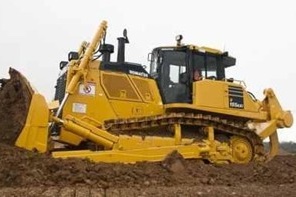
Bulldozers
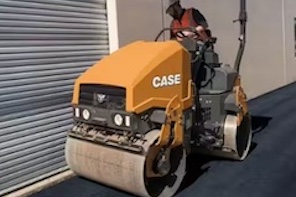
Compactors


Dump Trucks
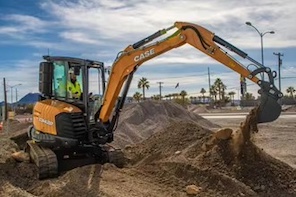
Excavators
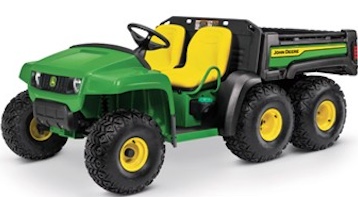
Lawn and Garden Tractors (such as ride-along lawnmowers), Mules, and other Utility Vehicles (UTVs)
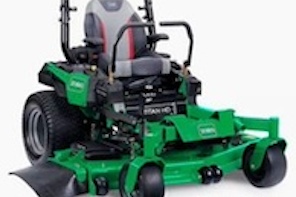

Loaders

Skid Steer Loaders

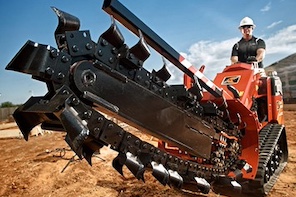
Trenchers
For further information and training resources, please contact the EH&S Industrial Safety Program at ehs-industrialsafety@ucsb.edu.